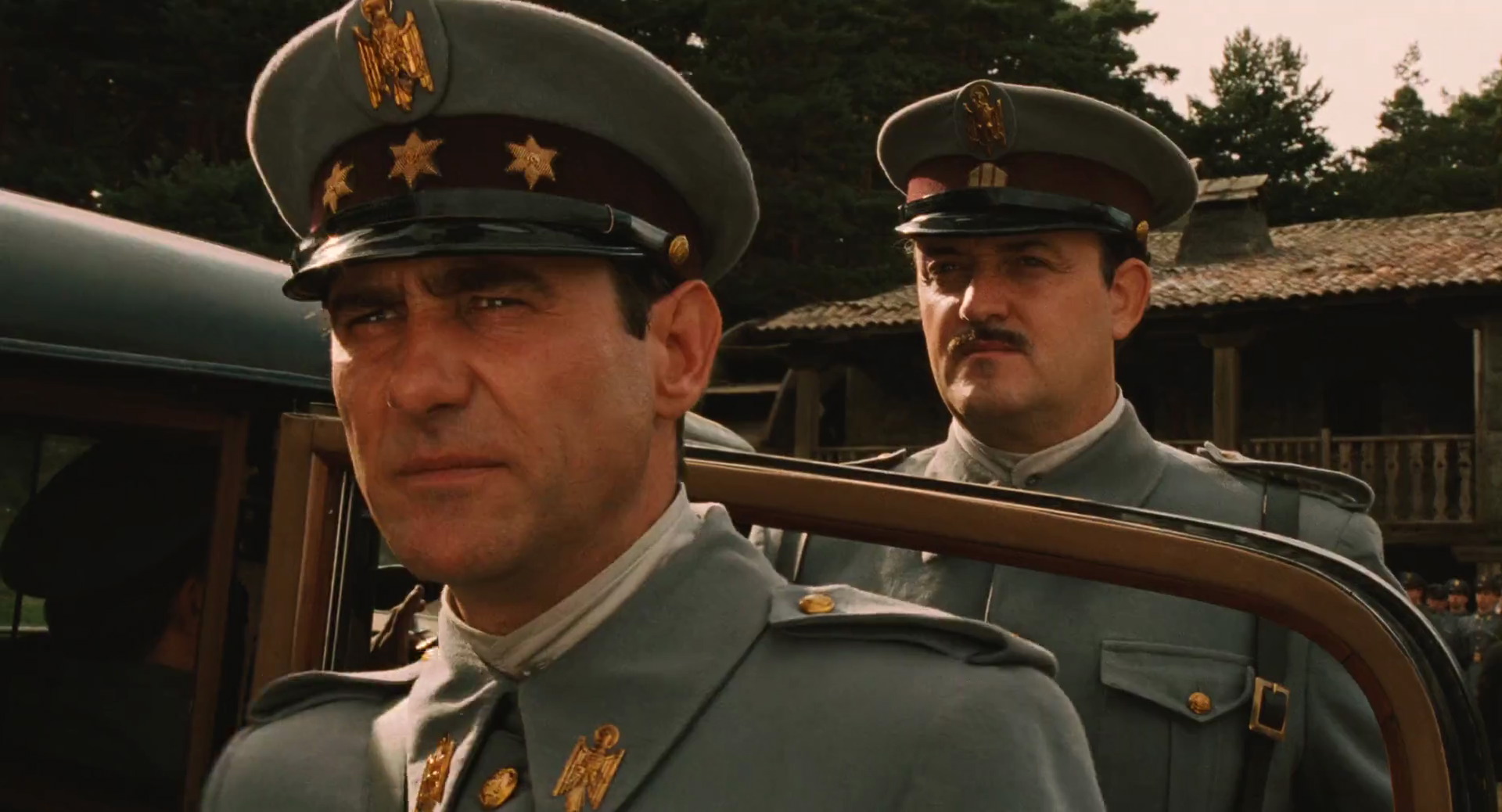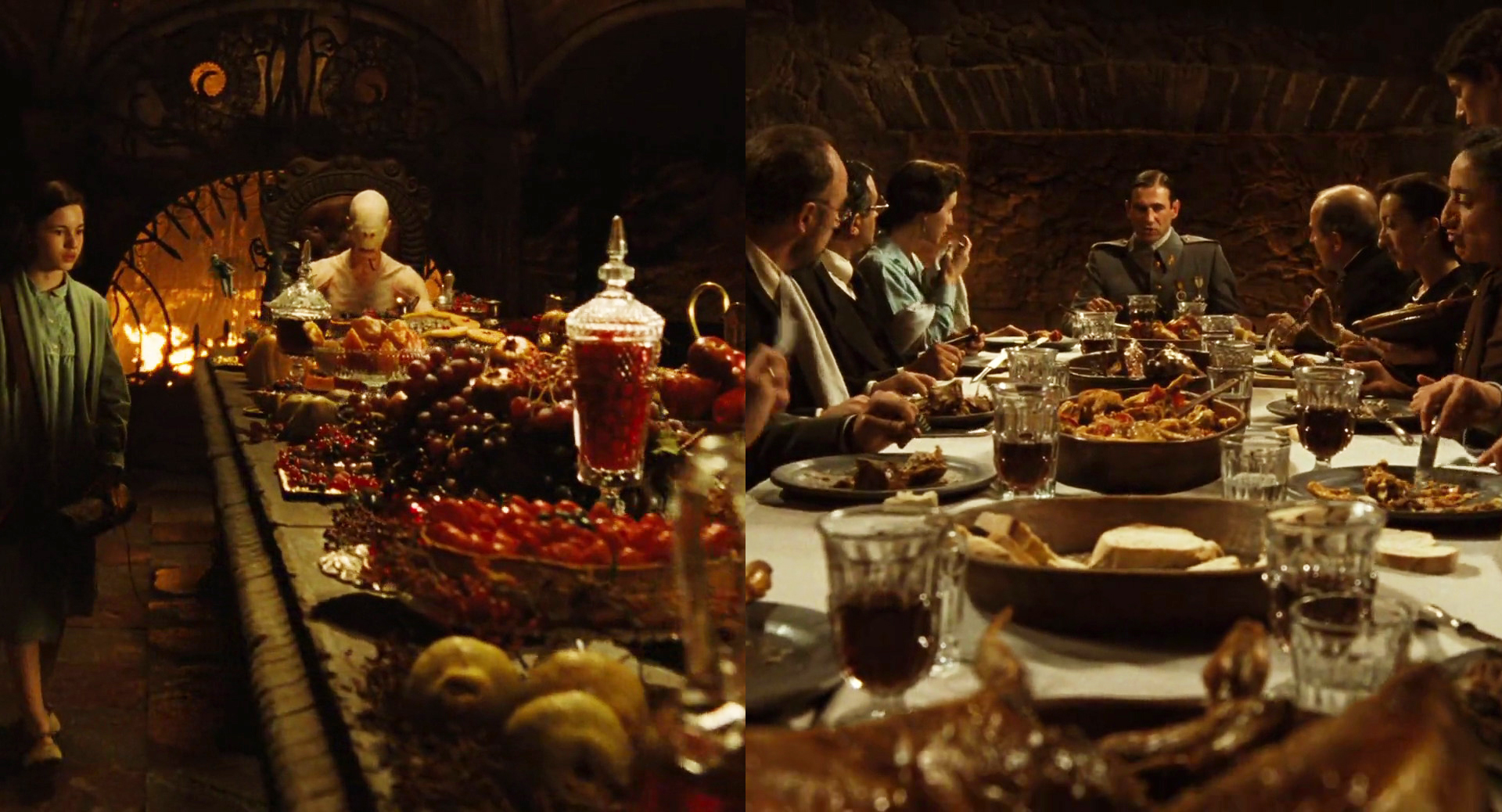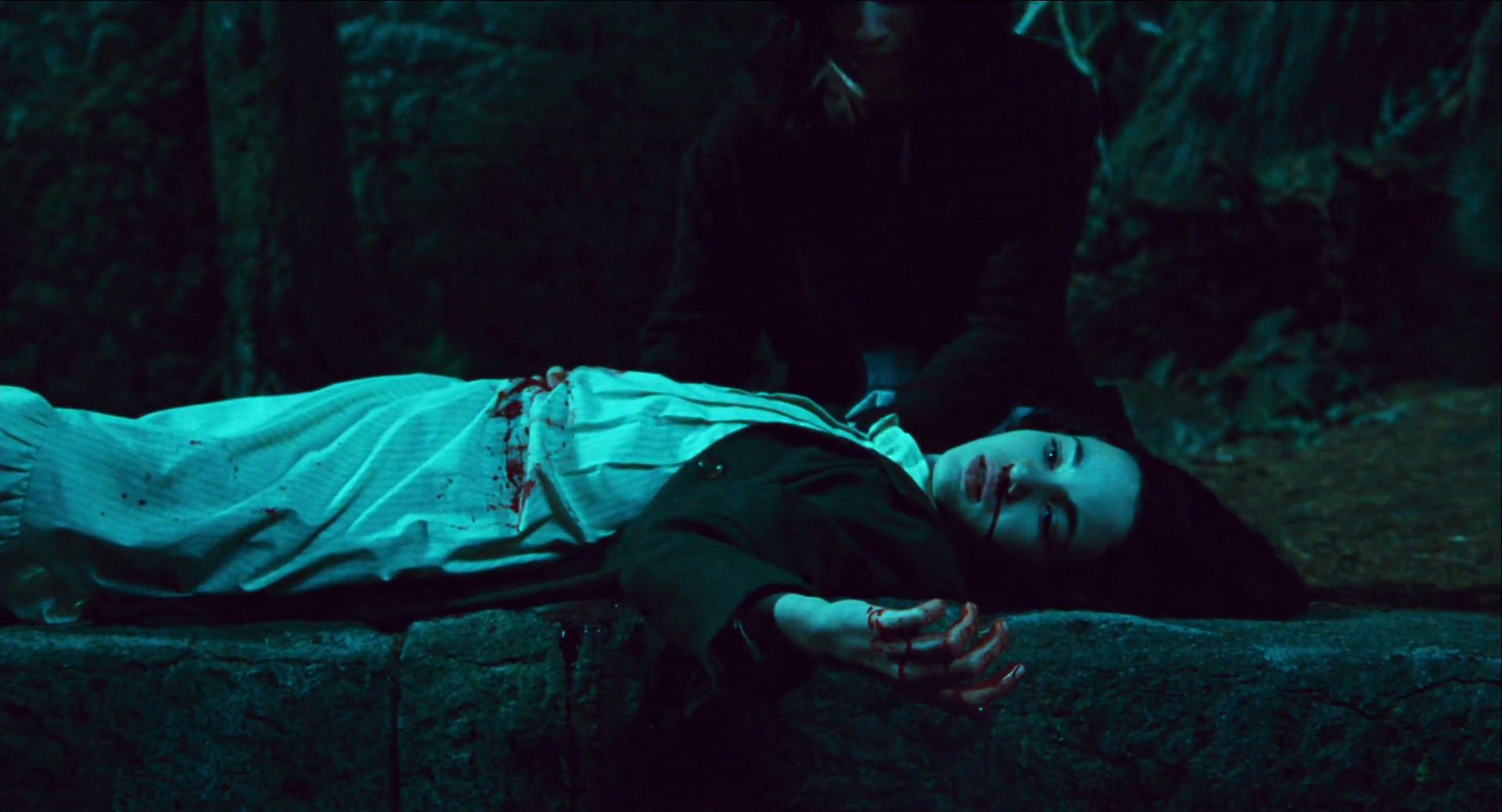What does “Pan’s Labyrinth” have to say about fascist post-Civil War Spain?
Quick Answer: In Pan’s Labyrinth, Guillermo Del Toro uses two allegorical villains—one a totalitarian Captain and the other a mythical monster—to show audiences the scary nature of fascism and its willingness to use violence as a tool to destroy free will.
From 1936 to 1939, Spain saw the most brutal civil war in its history. Often considered a struggle between democracy and fascism, general Francisco Franco’s right-wing Nationalists eventually triumphed over the democratic Second Spanish Republic. For the next 36 years, Franco ruled Spain with the hope of turning the country into a totalitarian state much like Hitler’s Germany or Mussolini’s Italy.
Pan’s Labyrinth (2006) is set in 1944, five years into Franco’s regime. Directed by Guillermo Del Toro, Pan’s Labyrinth is a dark fantasy film that tells the story of a young girl named Ofelia and her fairytale-like journey of self-discovery. The film is constructed within two parallel worlds: reality and fantasy. It is through the interaction of these two worlds and the characters that inhabit them that Del Toro creates a modern perspective of the fascist Franco regime.

Sergi López (left) as Captain Vidal in Pan’s Labyrinth (2006)
Captain Vidal, Ofelia’s stepfather, is the film’s literal, real-life representative of fascist ideology. Indeed, he serves as an embodiment of Franco himself. Captain Vidal is a man obsessed with rules and regiment: handshake etiquette, the cleanliness of his boots, and keeping time with his stopwatch. Vidal’s obsessions allude to Franco’s own authoritarianism and the totalitarian nature of his regime. As the narrative progresses, Captain Vidal becomes a foil and antagonistic villain for the innocent Ofelia, who hopes to escape the repression that surrounds her. Much like the Franco regime, Captain Vidal controls those around him through fear and violence rather than compassion.

The Pale Man (Left) and Captain Vidal (Right) in Pan’s Labyrinth
If Captain Vidal is the “monster” of the real world, then the fantastical “Pale Man” is Vidal’s inner grotesque monster come to life. We are introduced to the Pale Man during Ofelia’s second task in the faun’s labyrinth. When Ofelia first encounters the Pale Man, he is positioned at the head of a large dining table that is covered with food. This image mimics the previous scene in which Captain Vidal is holding a dinner party. Like the Pale Man, Vidal is sitting at the head of the table. By placing two images that visually echo each other in such quick sucession, Del Toro emphasizes a link between Captain Vidal and the Pale Man. In addition to the visual cues supplied by Del Toro, the connection between the two villains is further solidifed by their cruel actions. At the real-world dinner party, Vidal ruthlessly cuts off the nonsensical chatter that surrounds the dinner table. The Pale Man’s need for order manifests as actual violence; when Ofelia eats two grapes off of the table, the Pale Man viciously bites off the heads of two fairies. Much like a totalitarian ruler, the Pale Man is an all-powerful entity that rules with fear and violence, punishing any act of defiance or freedom.

Ivana Baquero as Ofelia in Pan’s Labyrinth
If Captain Vidal and the Pale Man come to represent fascist rule, then Ofelia serves as a stand-in for the Spanish nation and those who suffered at the hands of the Franco regime. Much like members of the Spanish resistance, Ofelia faces challenges that are dangerous, challenging, and highlight her impotence in the face of peril. Though Ofelia ultimately becomes another victim at the hands of Captain Vidal, she becomes a martyr for the future generation—in this case, her infant brother—to grow in the hands of the resistance.
By the end of the film, Del Toro’s position on Franco’s leadership becomes apparent; his was a regime that relied on unnecessary violence and fear to keep its citizens in check. Through the use of allegorical real-life and fantastical villains, Del Toro shows audiences how Francoist Spain crushed the Spanish nation’s innocence, imagination and freedom.

